

Elevate the skillset of your aircraft technicians with advanced maintenance training on the Learjet 70/75 business aircraft.
With applied training techniques, interactive classroom discussions and total training flexibility, your staff will be equipped to support a typical through-flight maintenance and inspection schedule in accordance with the Bombardier Aircraft Maintenance Manual.
Choose or request a course from a list of available and certified courses in your region.
Course Description
Our Maintenance Systems training course covers all applicable ATA chapters, addressing aircraft systems’ theory, operation, inspection, and servicing. The course examines LRU troubleshooting from a theoretical and practical perspective.
Hands-on sessions will be conducted on available aircraft to acquire an applied understanding of aircraft systems, and to participate in effective maintenance practices.
This comprehensive class is the ideal way to introduce technicians to transitions within the fleet.
Course Objectives
The Maintenance Systems course furnishes the experienced technician with sufficient information to carry out the required maintenance, repair, and troubleshooting necessary to certify the continued airworthiness of the aircraft’s mechanical and avionics systems.
Course Description
The Avionics course furnishes the experienced aircraft technician with information pertaining to operation of the display, communication, navigation (short-range and longrange), and the automatic flight control (flight guidance) systems. It provides sufficient working knowledge of these systems to allow the technician to participate in troubleshooting at the line maintenance level.
All training is conducted to Level 3, according to ATA specification 104. A good understanding of basic avionics is suggested. (CAE also offers 40-hour classes in each of the following: Avionics Essentials Part I and Part II.)
Course Objectives
After completion of this Avionics course, the student should
be able to:
Course Description
Aircraft differences courses offer a sharply focused, detailoriented comparison of similar aircraft models that require separate type ratings. The focus is on systems that are significantly different between two aircraft models that otherwise share a large portion of other main, common systems.
The emphasis is on building upon what the student already knows about a particular aircraft model and filling the gaps relating to the new model. This comprehensive class is a suitable solution to introduce technicians to the recently acquired aircraft within your fleet.
Course Objectives
The Differences course provides maintenance personnel with cross maintenance qualification between the similar aircraft type variants by offering a description system differences, operation and component location. The course covers the associated avionic differences as well as the overall mechanical differences.
Course Description
The REALcase concept utilizes fleet operational data/information that is acquired from the manufacturer and/or operators, spanning the 12 to 18-month period preceding the course. Information relevant to the operation, maintenance and troubleshooting of the aircraft, is presented during the course for review, analysis, and discussion. Emphasis is placed on applicable maintenance considerations, manufacturer recommendations, troubleshooting and dispatch decisions.
Course Objectives
Course Description
The line maintenance course is a condensed session enabling technicians to understand aircraft systems and servicing with an emphasis on practical experience to build aircraft maintenance skills. This training differs from the traditional Maintenance Initial in that it is designed to be a more focused curriculum for technicians that may already have initial exposure and/or experience on the particular aircraft.
Moderate troubleshooting is stressed and reinforced with actual hands-on sessions on available aircraft. Active student participation provides a better understanding of aircraft systems and effective maintenance practices. For operations with technician scheduling and cost limitations, this option creates a highly productive solution.
Course Objectives
After completion of this Line Maintenance course, the student should be able to:
Cabin Management Systems
Course Description
This course provides an overview of the onboard cabin management and entertainment system for familiarity as well as non-invasive line maintenance return to service procedures and troubleshooting techniques, including an understanding of the multiple cabin Wi-Fi networks, basic password and system reset options.
Course Objectives
Training will focus on the Lufthansa Technik niceHD™ cabin entertainment system: its functionality and specific interfaces with the aircraft. It will also include a brief overview of the available Wi-Fi and internet access options.
Course Description
This maintenance course will help technicians understand the aircraft systems, servicing, and practical know-how to maintain the aircraft properly. The course is for the technician who has similar aircraft experience, yet also for the manager or scheduler who wants a better understanding of the aircraft.
If the aircraft is available, actual hands-on practices will be conducted to ensure a complete understanding of aircraft systems and “real-world” maintenance practices.
The Familiarization class offers an excellent way to extend technician productivity.
Course Objectives
The General Familiarization course provides the applicant with a general description of the aircraft capabilities, systems, avionics, power plant, maintenance, and support requirements.
Course Description
This course provides designated technicians with the sufficient review of procedures and practices to perform a successful engine run session. Our course combines both classroom theoretical instruction with practical, applied interaction with a Full Flight Simulator or similar advanced training aids.
(It is recommended that the attendee has previously completed a Maintenance Initial type course, or an Engine Run & Taxi Initial course, or has an equivalent level of experience on the aircraft)
Course Objectives
After completion of this Engine Run and Taxi Refresher Course, the student should be able to:
Course Description
This course provides designated technicians with the sufficient review of procedures and practices to perform a successful engine run session. Our course combines both classroom theoretical instruction with practical, applied interaction with a Full Flight Simulator or similar advanced training aids.
(It is recommended that the attendee has previously completed a Maintenance Initial type course, or an Engine Run & Taxi Initial course, or has an equivalent level of experience on the aircraft)
Course Objectives
After completion of this Line Maintenance course, the student should be able to:
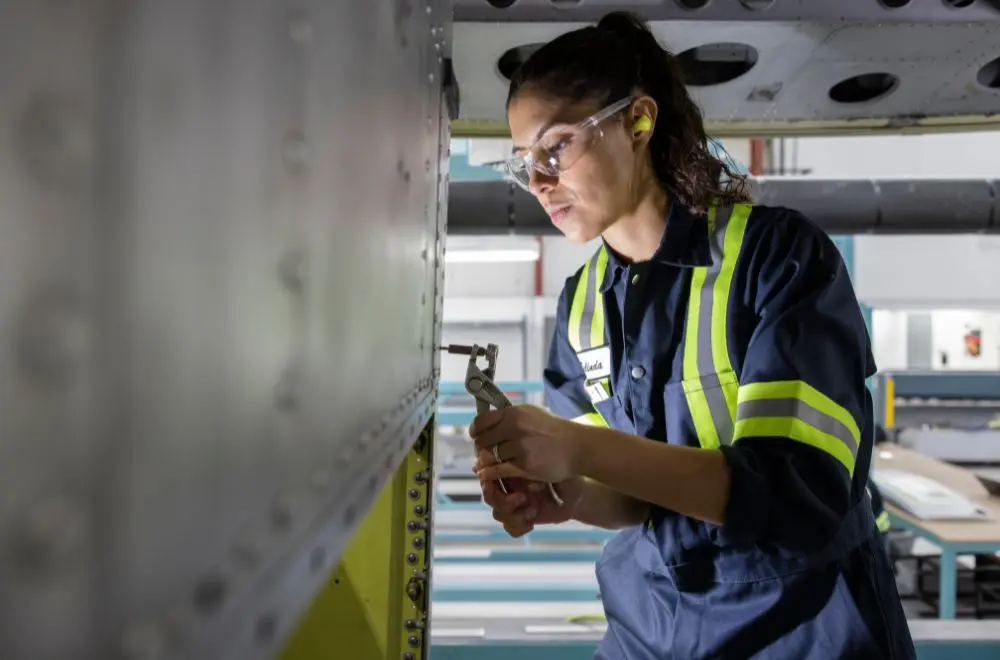
For technicians new to your fleet, this program is customized to your organization and offers both competency- and theory-based training to onboard and equip new technicians with the skills to succeed.
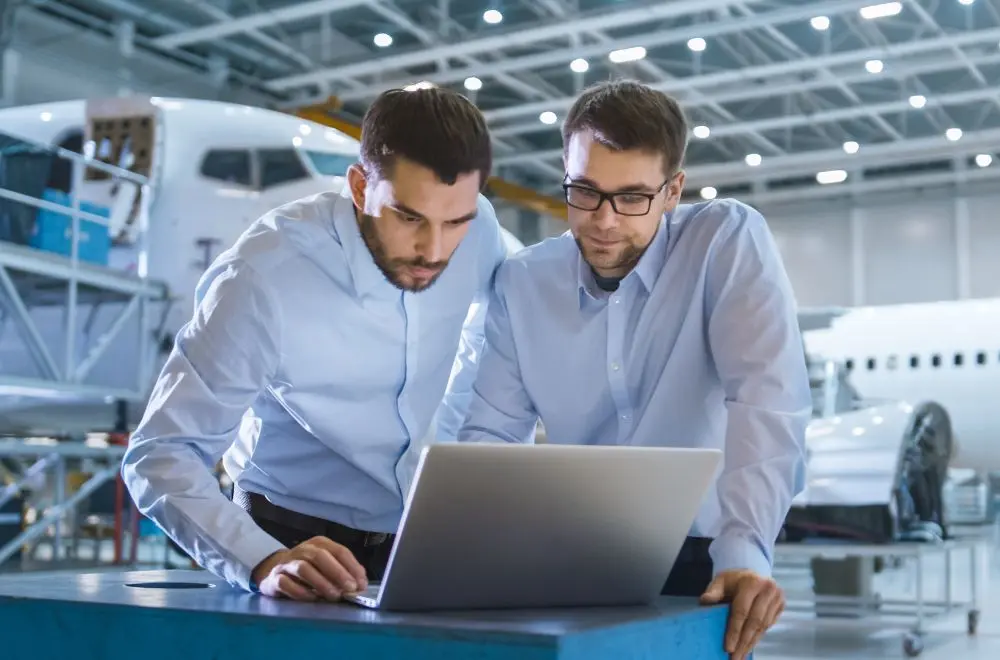
For technicians looking to perform better and prepare for positions of greater responsibility, this program includes leadership, management and communications courses.
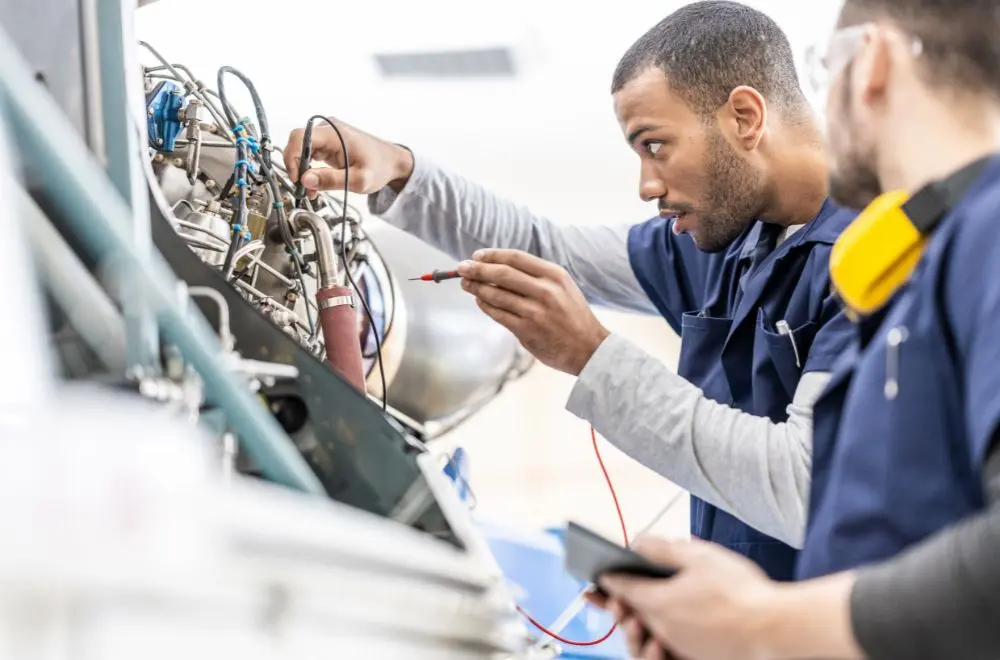
From Avionics Essentials to Practical Aircraft Wiring, our specialty programs offer broad application, preparing technicians to keep the fleet ready to travel.

For technicians who demonstrate advanced levels of proficiency and expertise, this program is designed to further elevate their theoretical and practical skills, while keeping their certifications up to date.
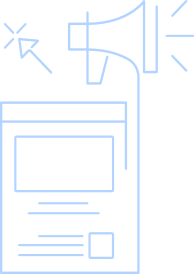
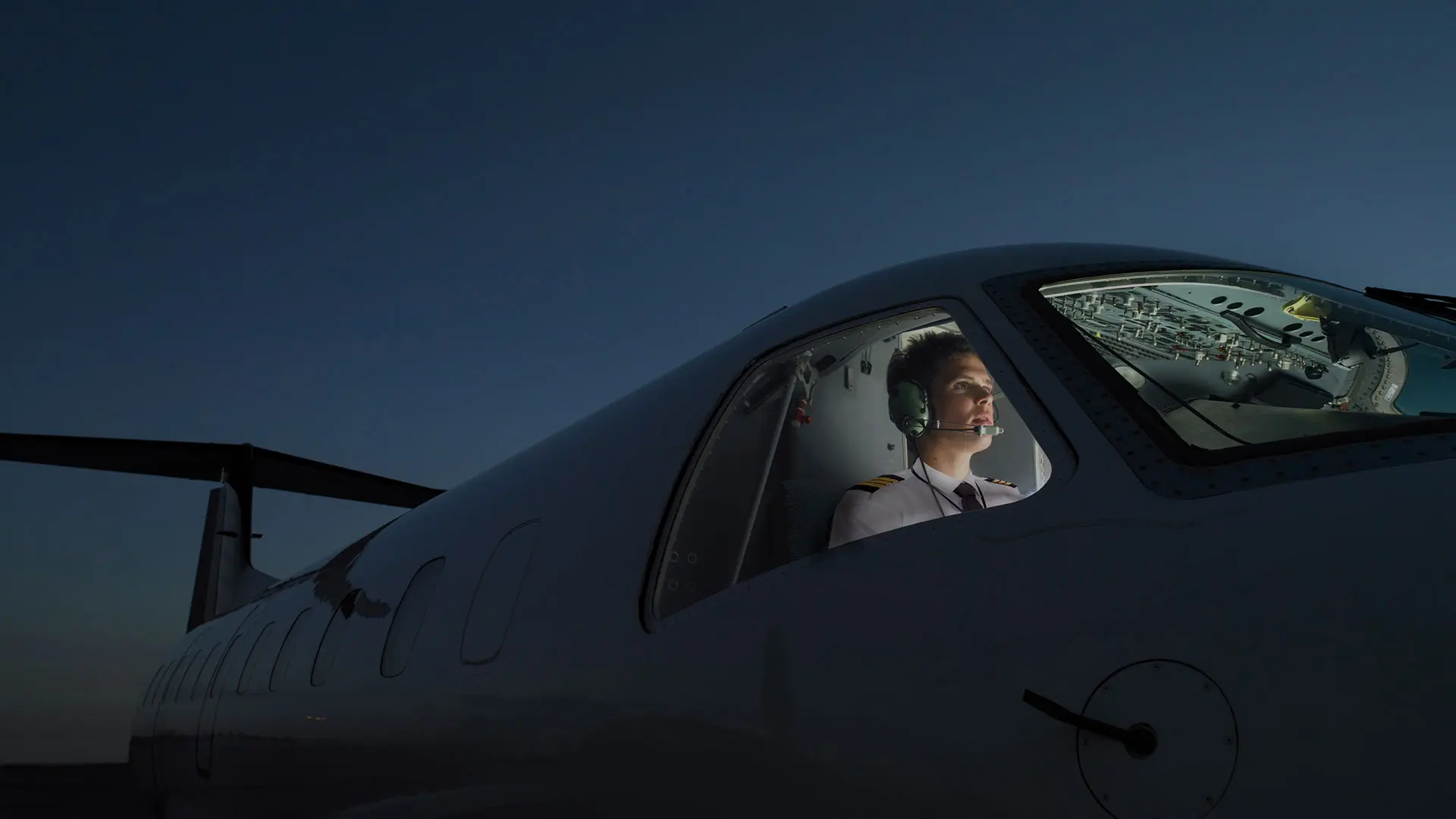
At CAE, we enhance your team’s performance and the safety of your operation. Through our immersive training solutions and experiences, we help your team build the necessary skills to take safer actions and make better decisions—faster.
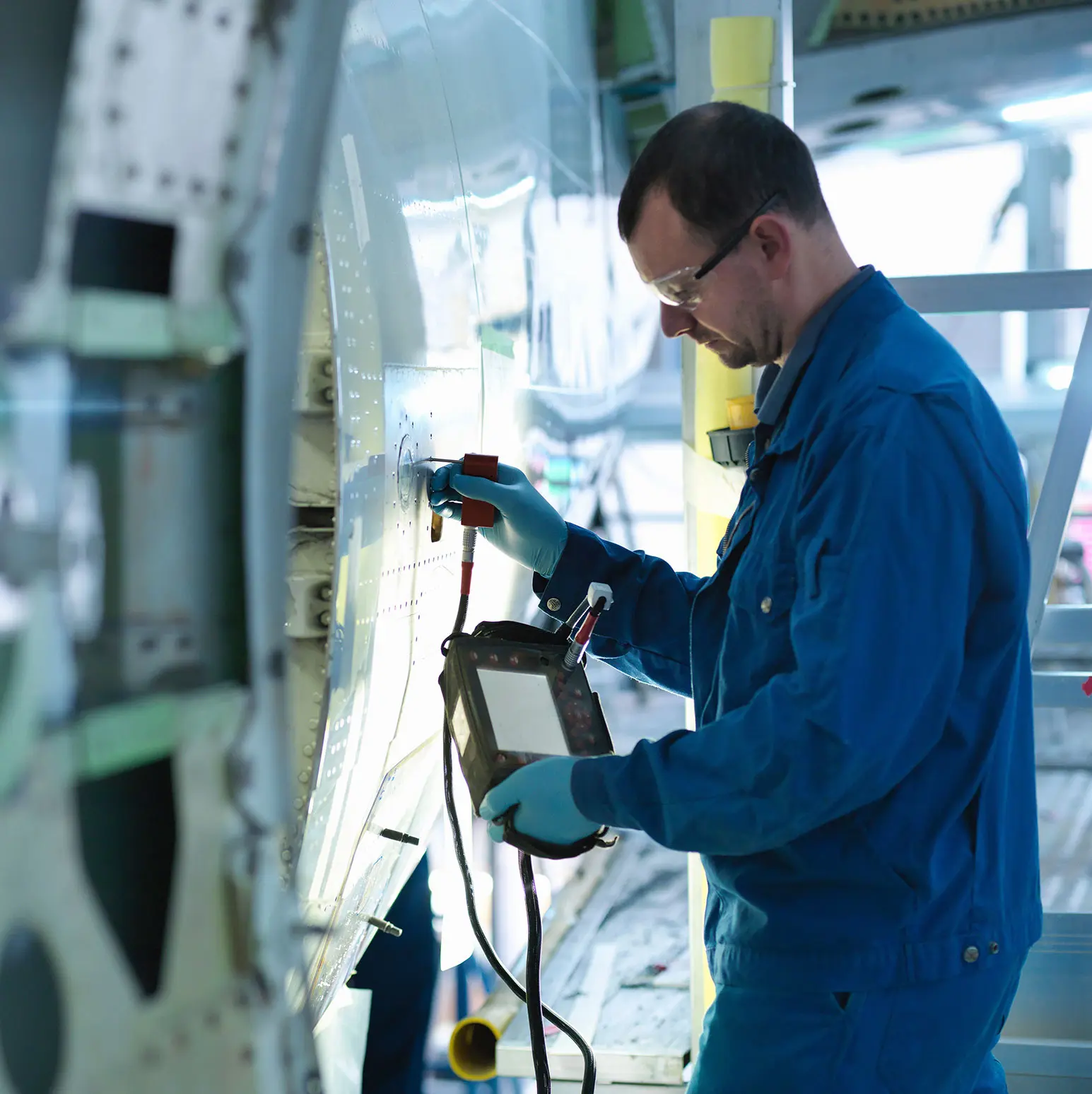
Proper aircraft maintenance is vital to ensure the safety of air travel and you can look to us for flexible, relevant, and leading-edge commercial aircraft maintenance training solutions.
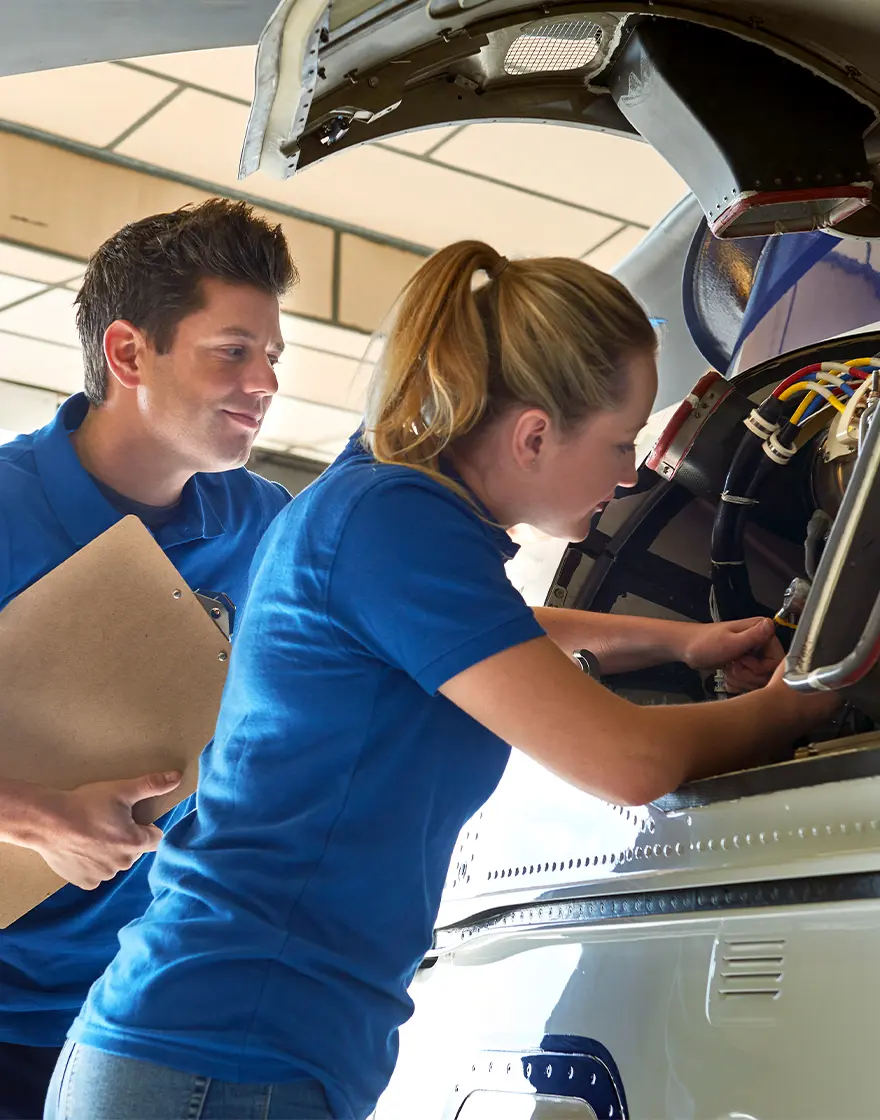
Proper helicopter aircraft maintenance is vital to ensure the safety of air travel and you can look to us for flexible, relevant, and leading-edge helicopter maintenance training solutions.
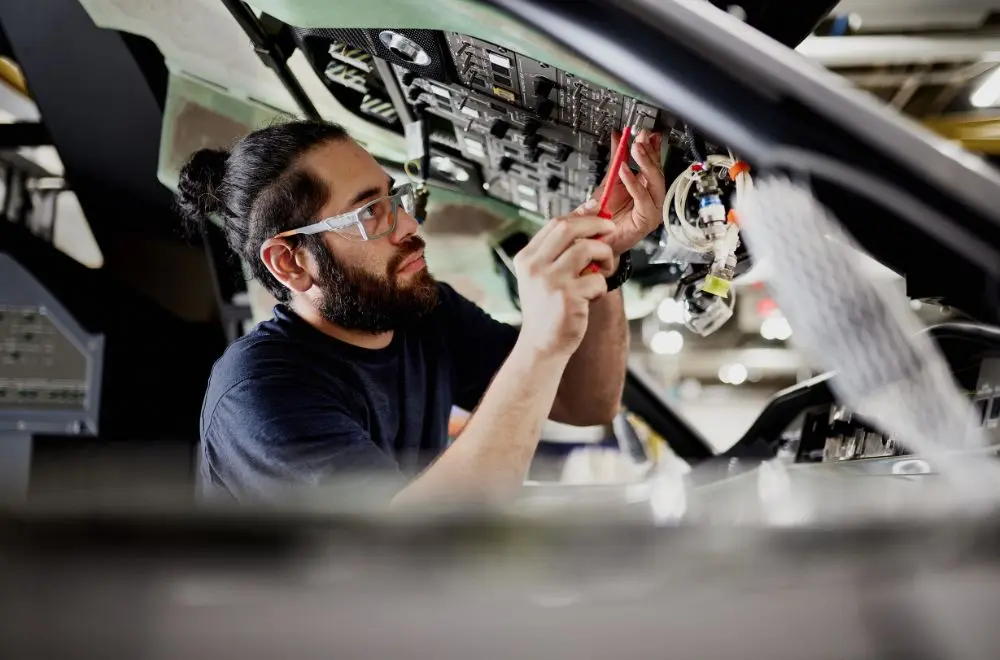
We have opportunities within aircraft maintenance ranging from senior level Line Maintenance Managers and Station Managers, to B1 and B2 Licensed Engineers, Aircraft and Avionics Mechanics and Sheet Metal Workers.